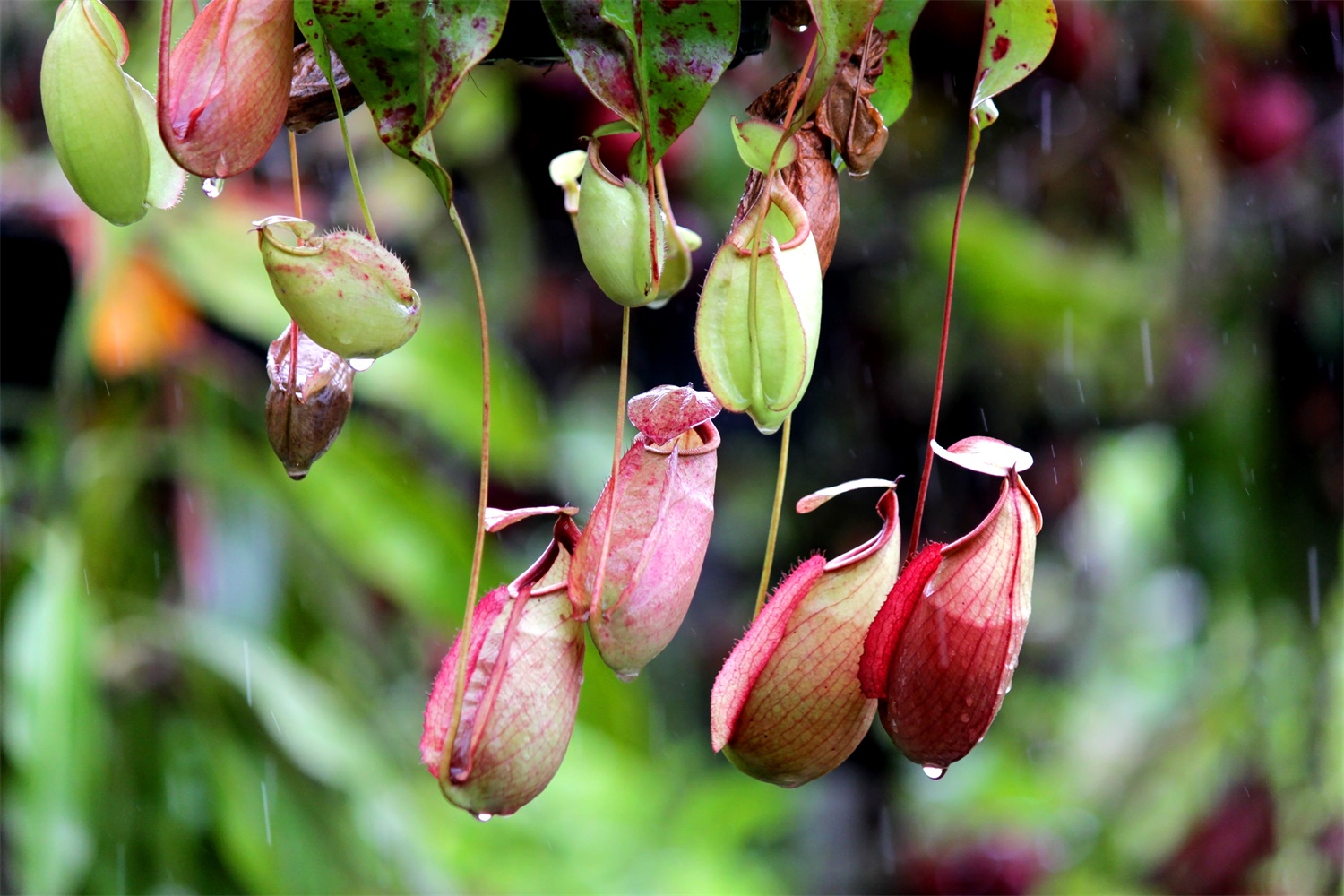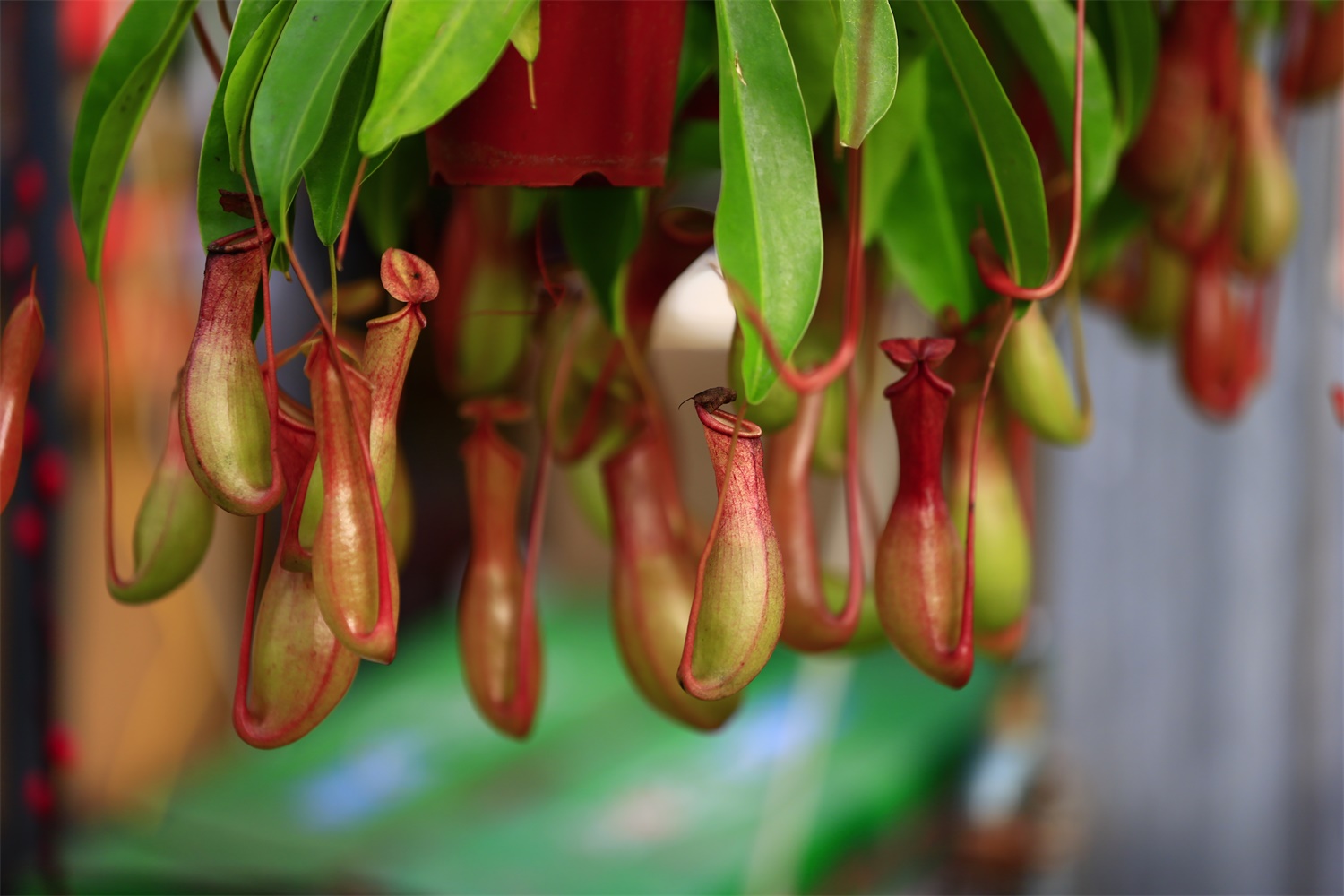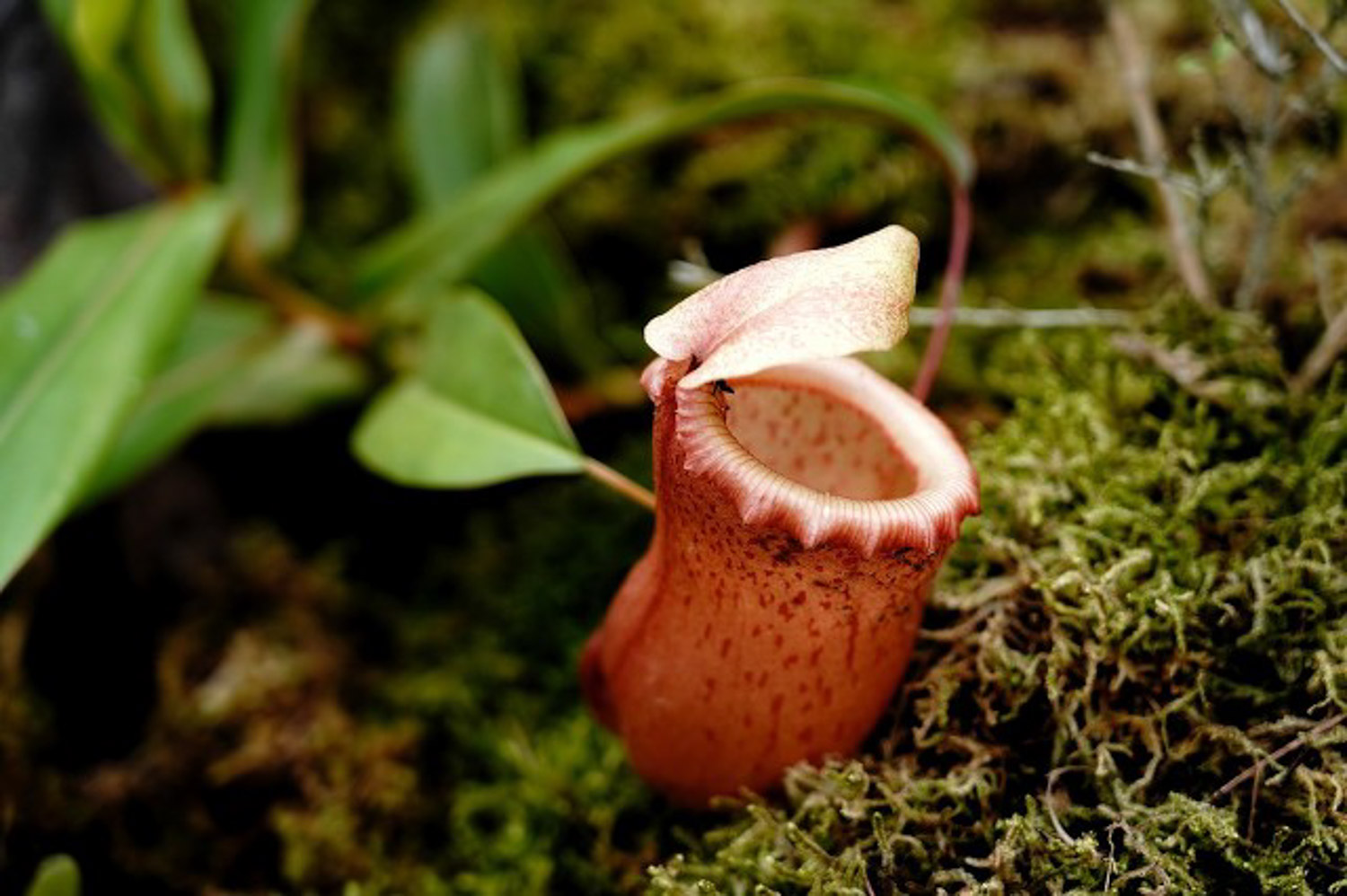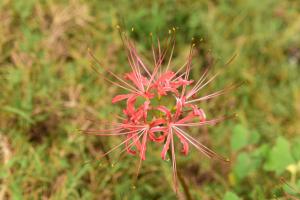1、 Ramet method
When Nepenthes plant separately for reproduction, first open the soil around the root system and spray some water on its root position to expose the base. Prepare a pair of sharp and clean scissors to separate the small plants on the mother plant. If its root growth is relatively weak, it is recommended to keep it stuffy. It can see the sun properly, and it will return to normal growth after a period of time

2、 Other breeding methods
1. Sowing method: sow the seeds as soon as possible after obtaining the seeds, because it is not resistant to preservation. Prepare some delicate cultivation substrates and keep them moist. The obtained seeds are evenly sown on the substrate, and it is best to mix the seeds with sand for sowing. Cover the basin with a layer of fresh-keeping film, tie several small holes on it, and then place it in a place with good light. It will germinate in a month

2. Cutting method: cut a section of branches in good growth condition and remove half of the leaves on them. Only 2-3 bud points need to be reserved. Then, 1 / 2 of the leaf veins are cut vertically and dipped with some rooting agent at the incision. Prepare loose soil, insert it into the matrix, and the bud points on the branches should be exposed to the soil surface. Finally, put the basin soil under the environment with high humidity, see the light appropriately, and wait for rooting


 how many times do yo...
how many times do yo... how many planted tre...
how many planted tre... how many pine trees ...
how many pine trees ... how many pecan trees...
how many pecan trees... how many plants comp...
how many plants comp... how many plants can ...
how many plants can ... how many plants and ...
how many plants and ... how many pepper plan...
how many pepper plan...






























